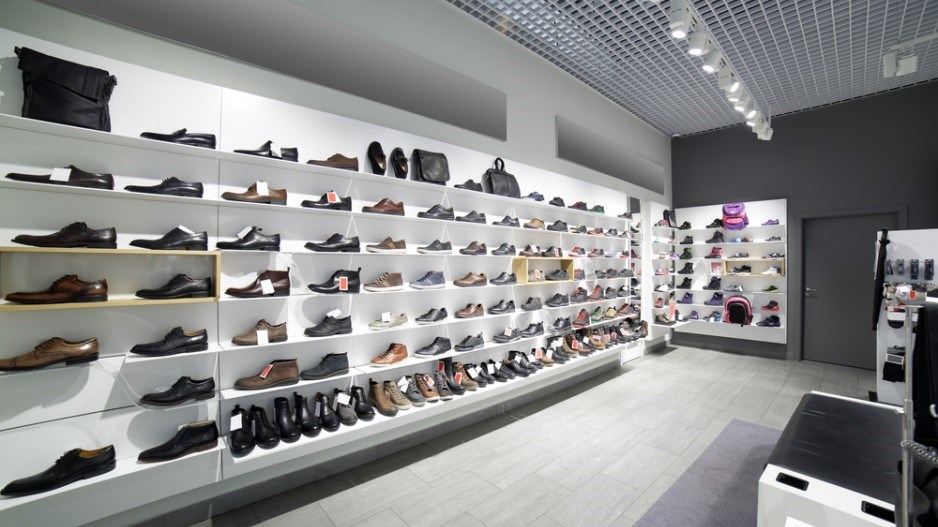Consumer prices fell 0.3% in British Columbia and 0.4% across Canada in November, according to Statistics Canada data released December 22.
Year-over-year, the province saw inflation of 1.6%, compared with 1.2% nationally. This comes after a 1.5% Canada-wide price increase in October.
“No matter how you slice it or what measure you use, inflation in Canada is cooling,” TD senior economist James Marple wrote in a note to investors. “Inflation is under the Bank’s target, consistent with an economy operating with a modicum of excess supply.”
Some of the biggest increases in the 12 months to November across the country were in shelter (up 2.1%) and transportation (up 1.4%). Prices fell for food (down 0.7%) and clothing and footwear (down 1.2%).
In a separate release, StatsCan said retail sales increased 1.1% across the country in Canada, partly driven by a 3.8% increase in gas station sales. Most categories saw gains, with electronics and appliances (down 1.1%) a notable exception.
BMO Economics’ Robert Kavcic said the two reports “nearly cancel each other out,” as while inflation came in short of expectations, retail sales were higher than expected.
“On balance, we would highlight the CPI as more significant for three reasons: CPI is more stable, it’s timelier and it’s more important to an inflation-targeting Bank [of Canada,]” Kavcic said.
“In other words, today’s report is just a further justification for the BoC to stay put even as/if the Fed continues to tighten in 2017.”
The Canadian dollar dipped on the release of the two reports, losing four-tenths of a cent and settling around 74.1 cents U.S. as of press time.
@EmmaHampelBIV
Check out BIV’s podcast for the week of December 20, 2016:




